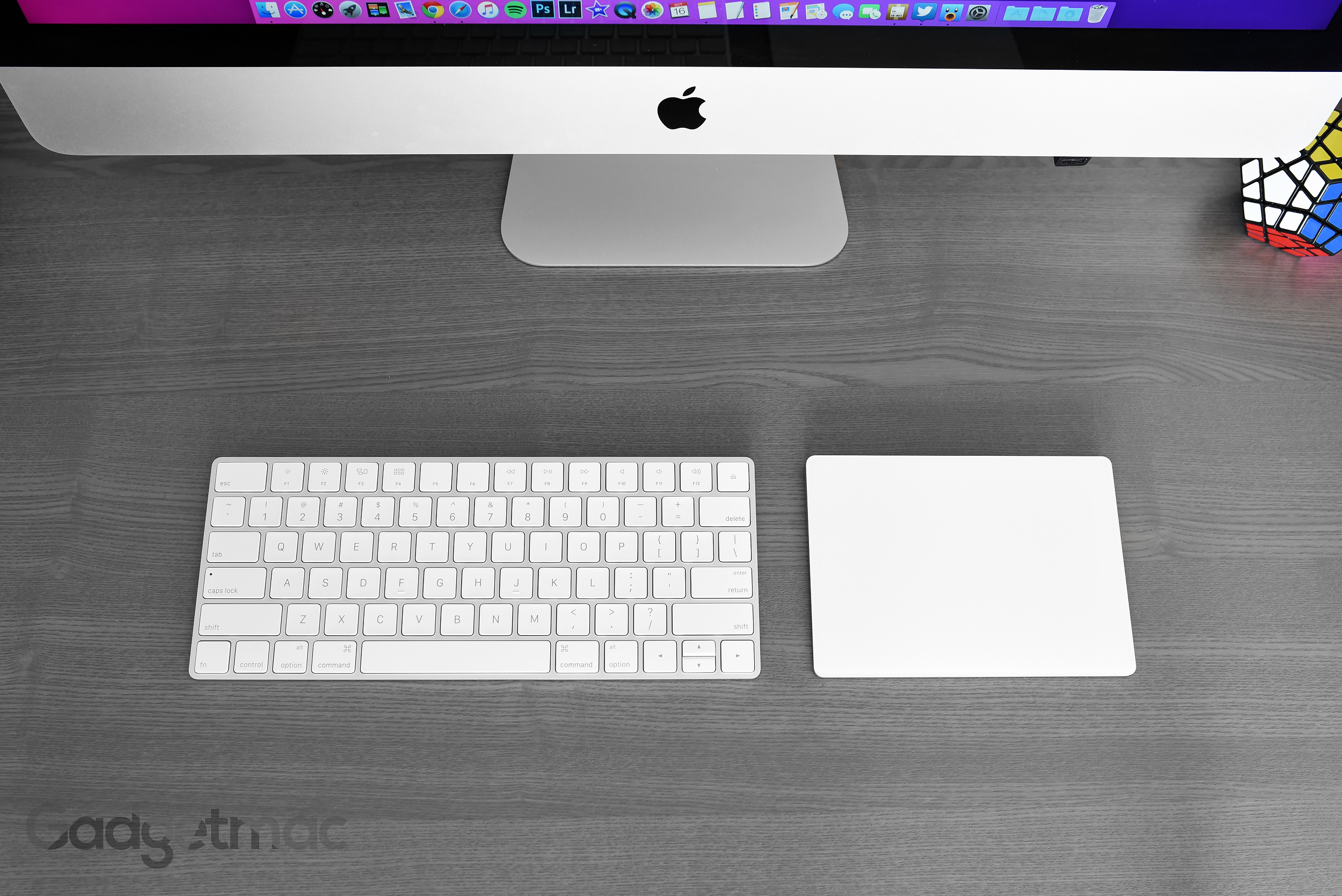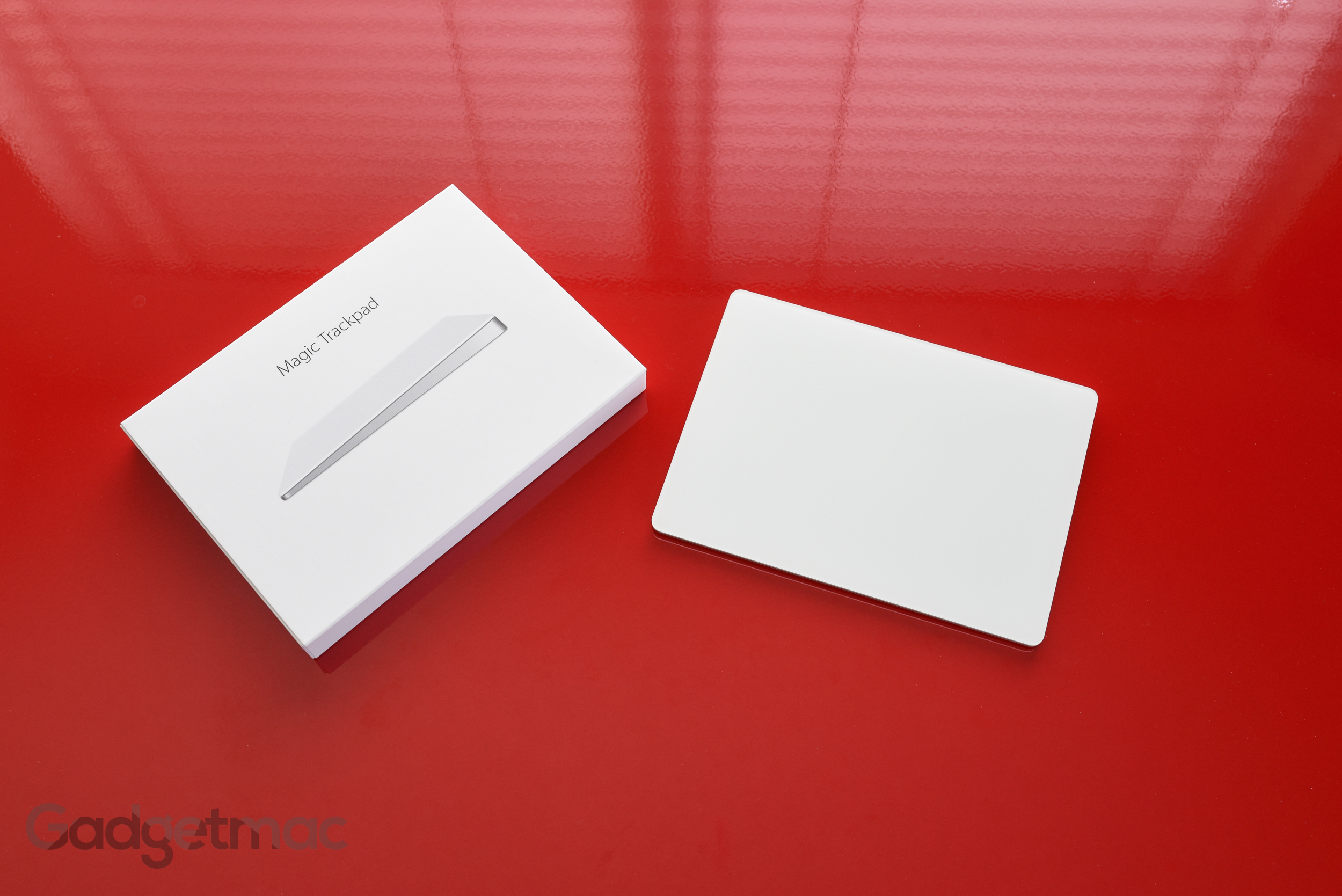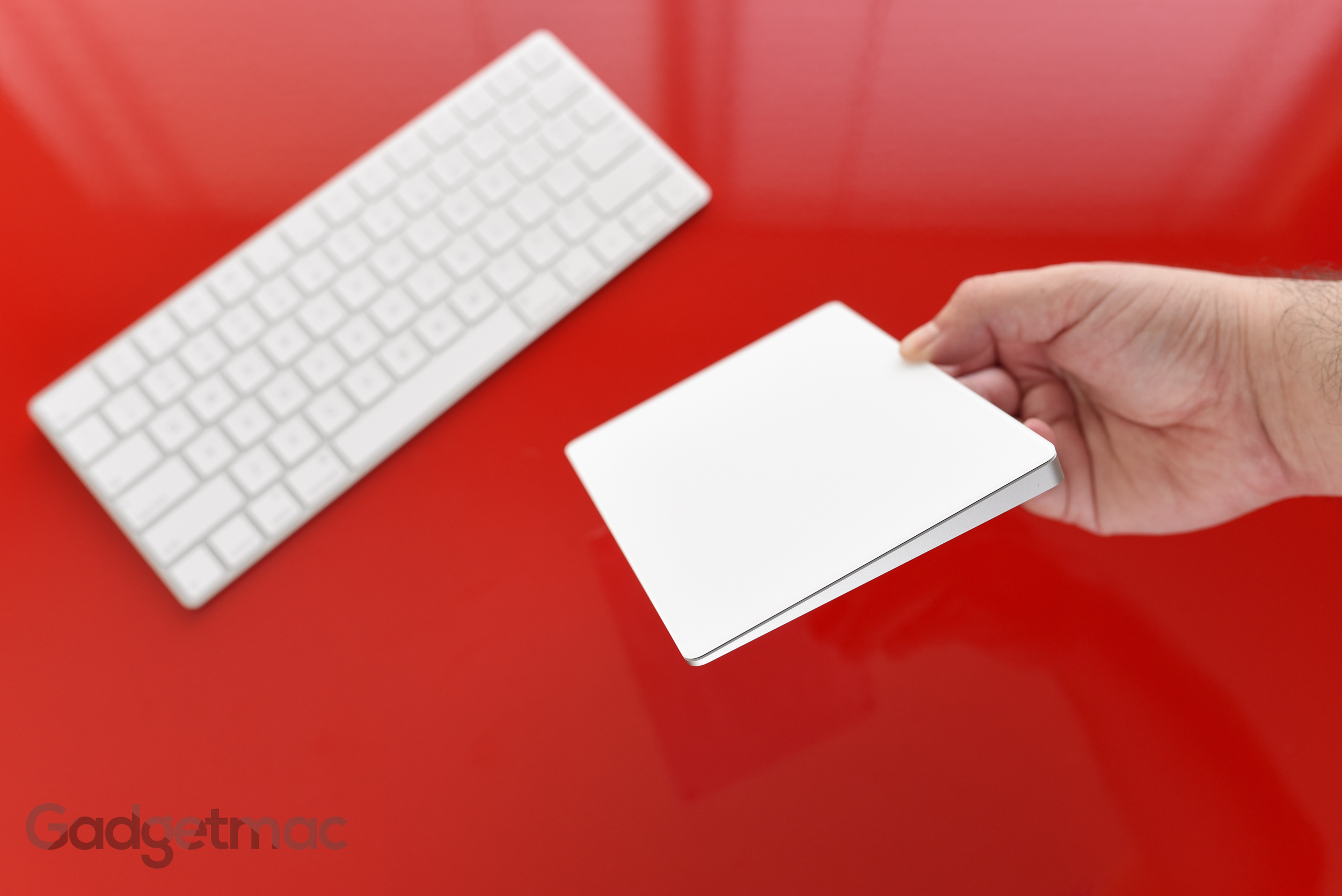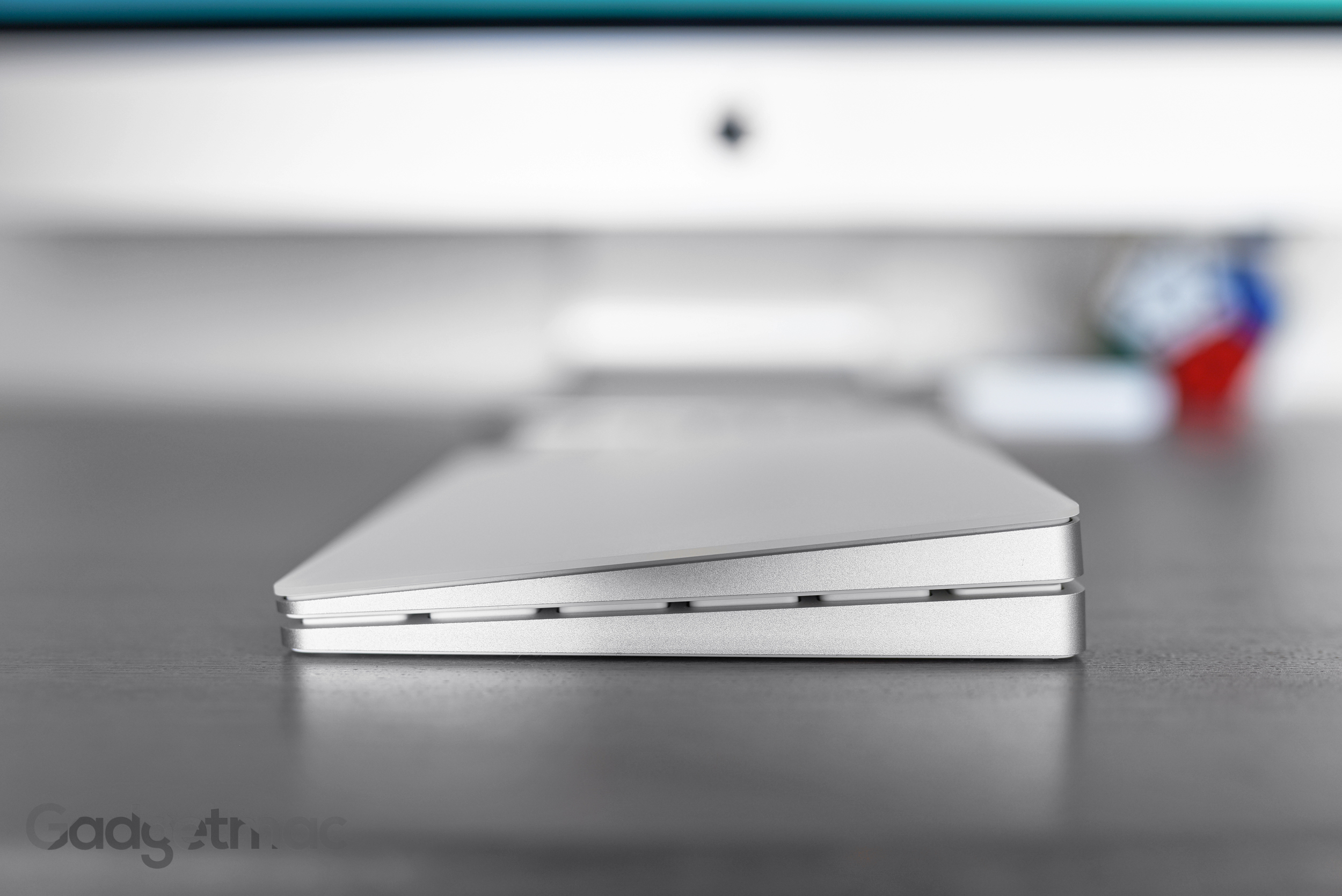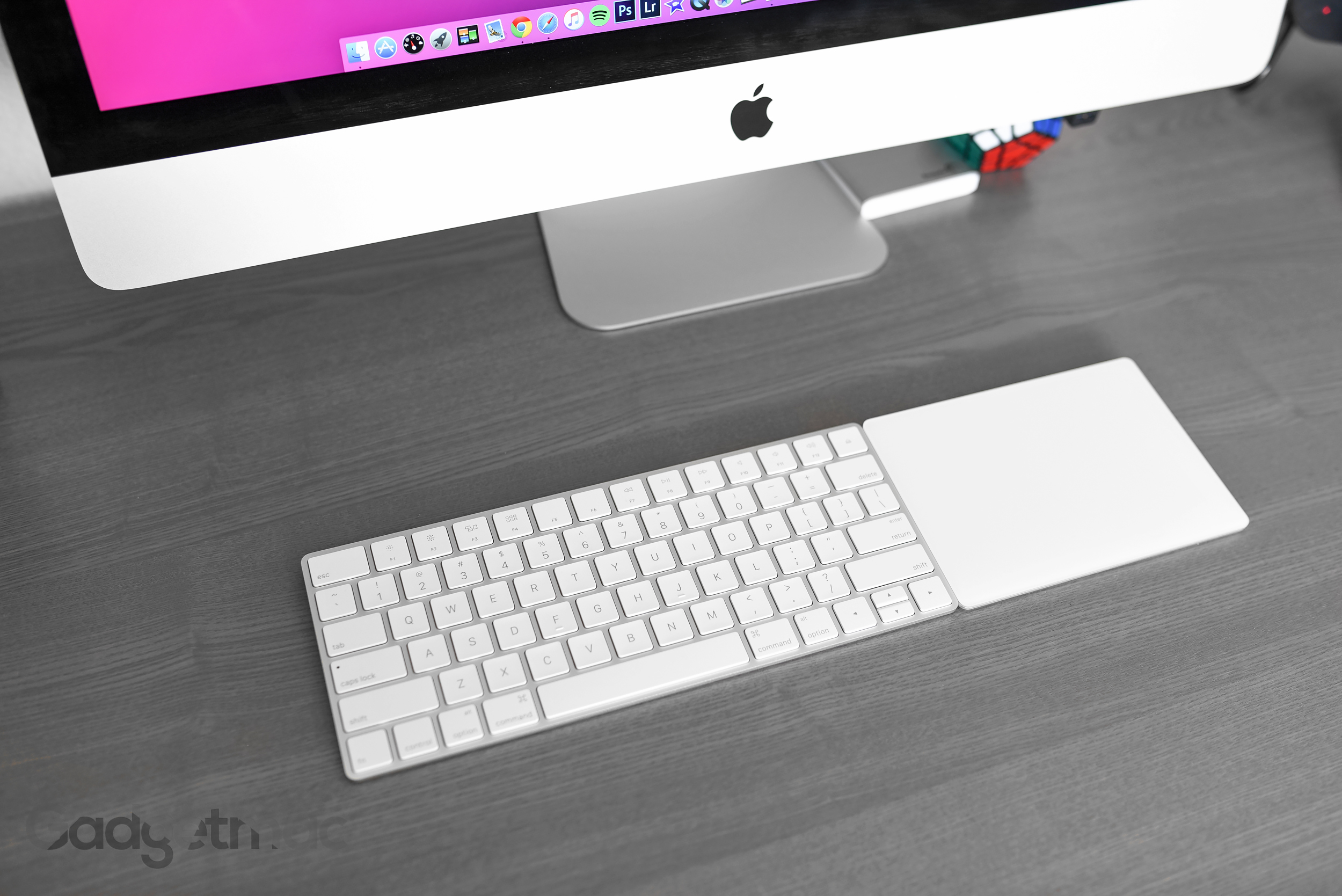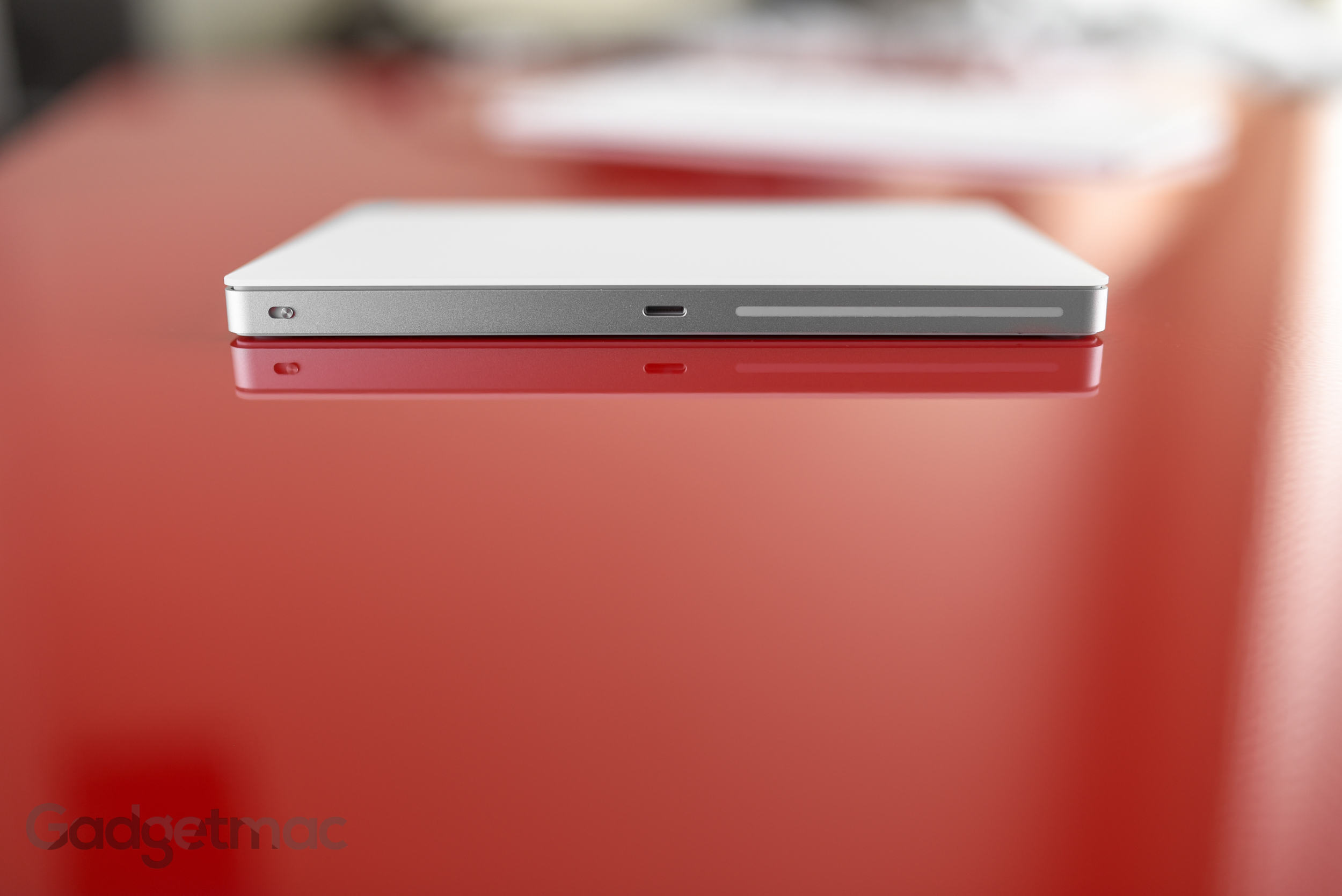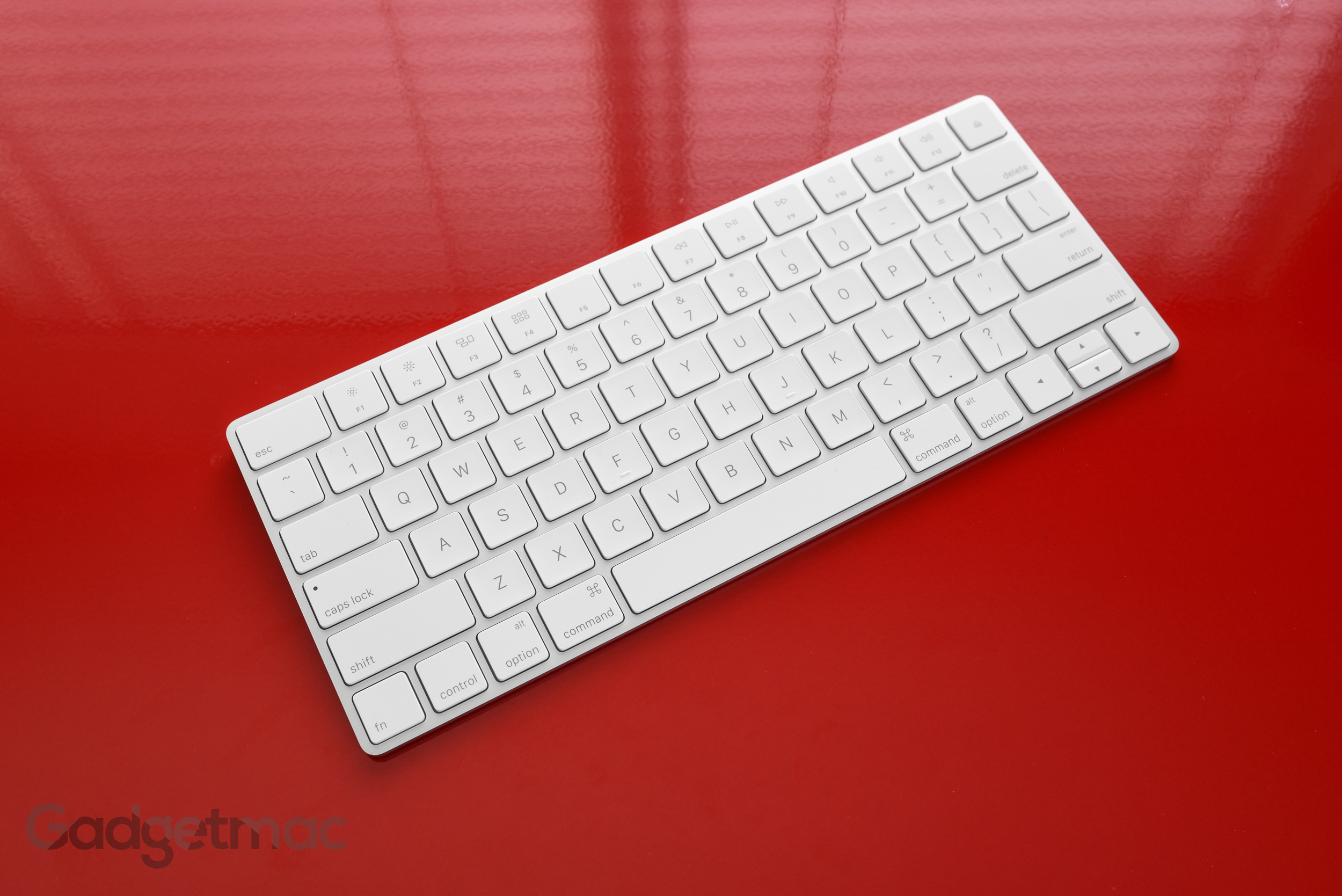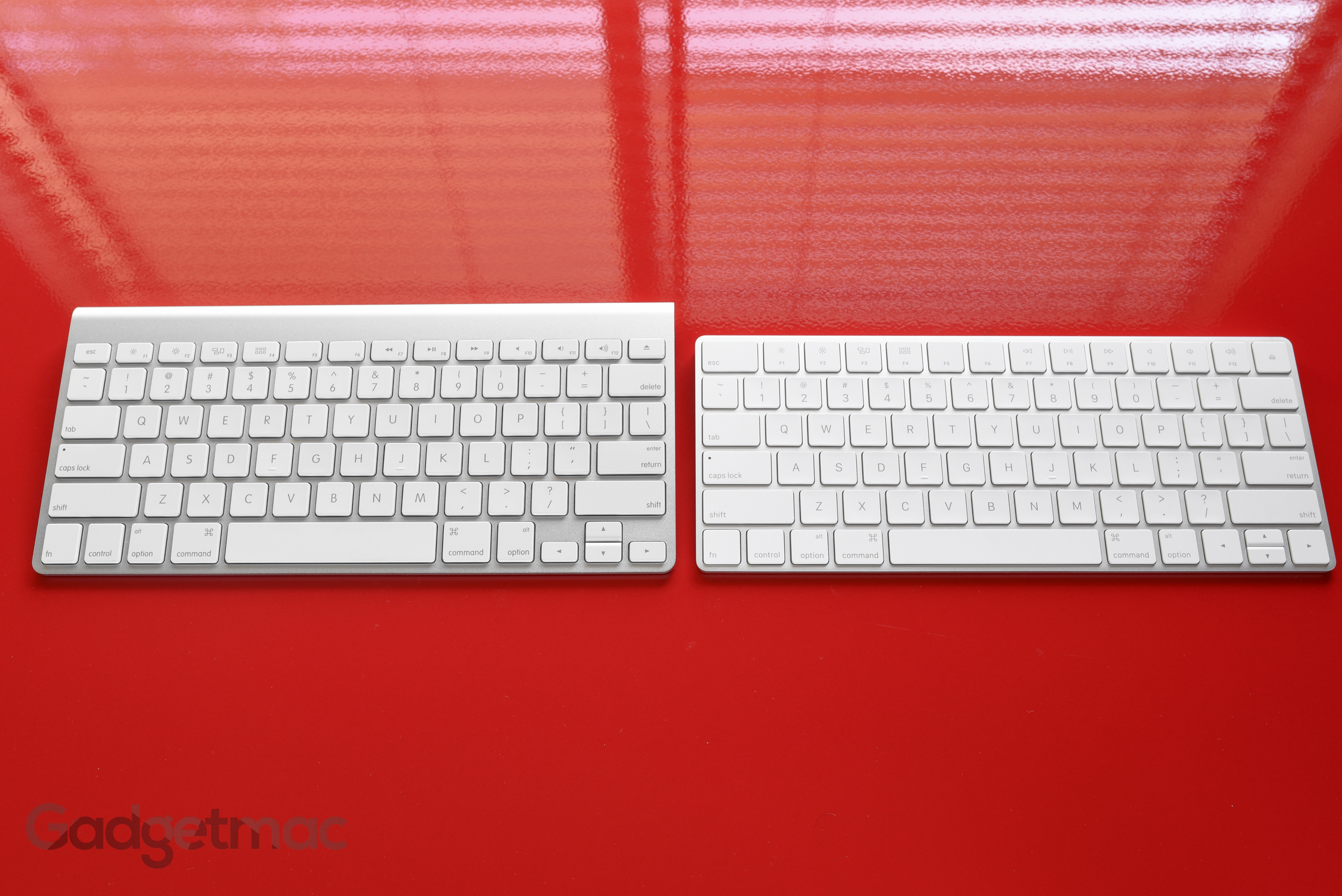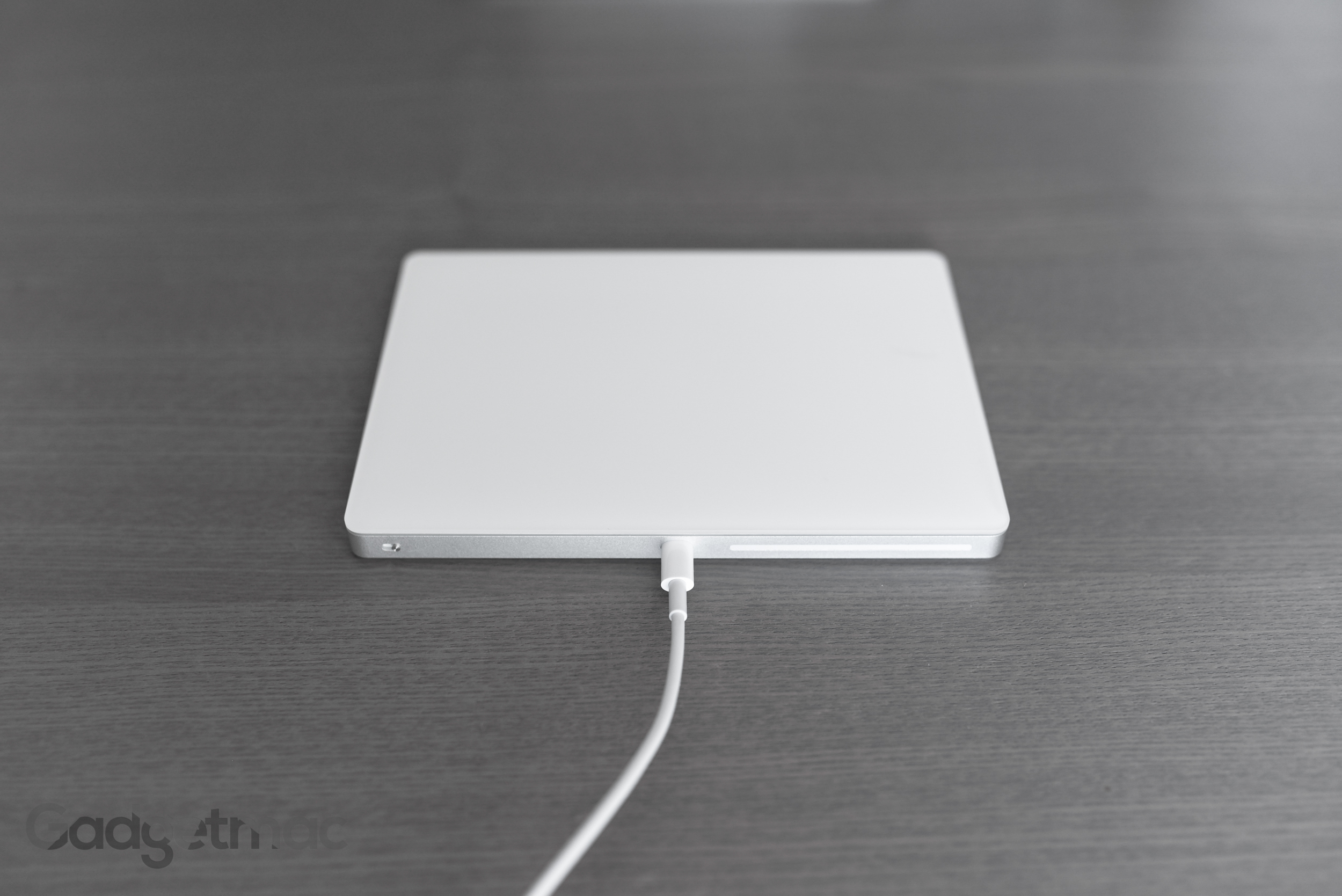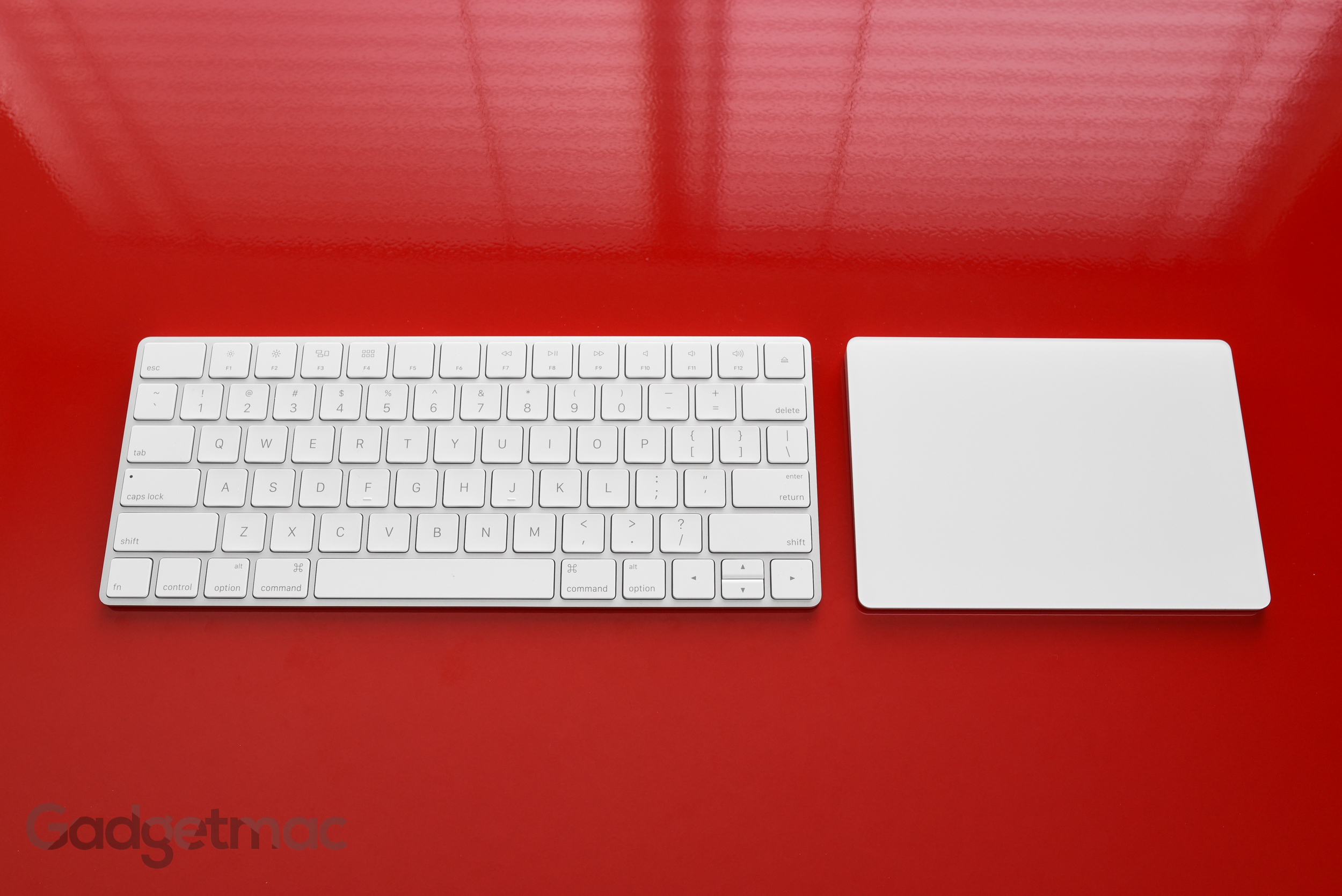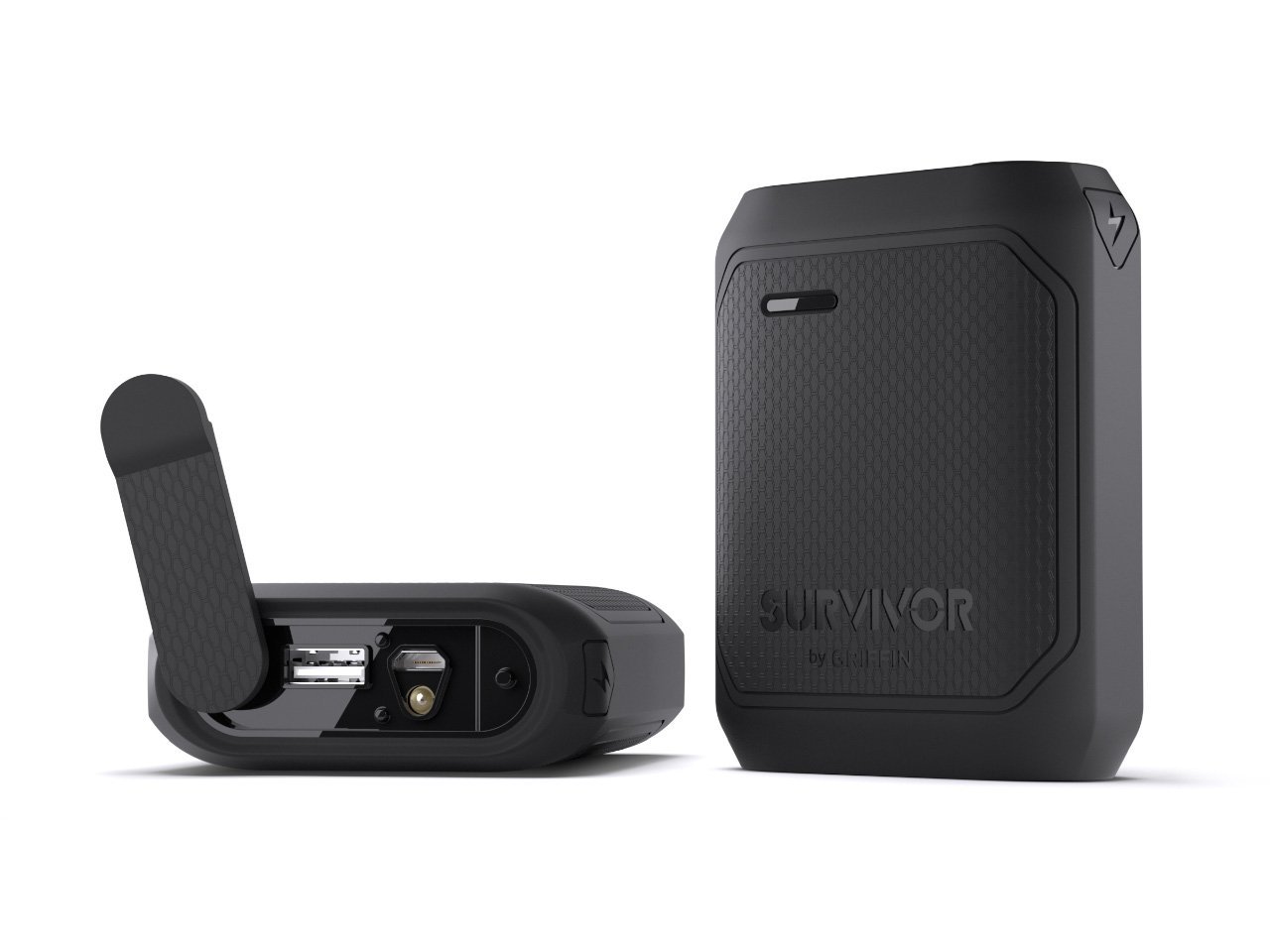Apple Magic Keyboard & Magic Trackpad 2 Review
/Force Touch is slowly making its way onto more and more of Apple's products, and now everyone can get a taste of this wizardly technology without having to purchase an iPhone 6s, a MacBook or an Apple Watch. That's because Apple's new Magic Trackpad 2 is actually an entirely redesigned external Force Touch trackpad for Macs. It replaces its predecessor with an even bigger seamless glass multi-touch surface that's clickable in any area and a long-lasting, built-in rechargeable battery. With the new trackpad also comes a newly designed wireless Bluetooth keyboard that Apple calls the Magic Keyboard, which also has a rechargeable battery and features improved scissor-style keys said to offer an improved typing experience. We took both for a spin and here's what we think about Apple's new "magical" input devices!
As soon as you get to use one in person, you'll want one. Regardless of its price tag, which isn't cheap at $129. But there's a reason why the new Magic Trackpad 2 is more expensive. Not only does it have a larger and more spacious area to use and abuse, it has Force Touch instead of a mechanical spring-board clicking functionality. What this means in practice is that you can now click anywhere on the glass surface and customize the pressure required to register a physical click thanks to multiple pressure sensors concealed underneath the glass. And clicking on this trackpad is easier and more enjoyable than on any other non-Force Touch trackpad thanks to the precision of the magnetic haptic feedback magically simulated by the Taptic Engine. It's also noticeably quieter than the original Magic Trackpad, which alone is enough to make me switch.
As for the actual glass surface, there a small difference in smoothness between the old Magic Trackpad and the new model. The glass on the new model feels smoother to the touch, but it’s a marginal change. It also goes without saying that the glass touch surface is silky smooth to swipe on and slide fingers around. I cannot ask for a better surface to use than this.
Visually, the biggest difference is that the glass surface on the Magic Trackpad 2 is milky white instead of silver to better complement the new white scissor keys on the Magic Keyboard and I think it looks incredibly attractive in its new color scheme. Can we say white is making a comeback?
Speaking of aesthetics, the new keyboard and trackpad share a similar wedge-shape tapered design with an aluminum border that perfectly matches in height and in thickness so that the two can be placed close together without looking like one is awkwardly out of place.
It's difficult to show just how large the new Magic Trackpad 2 actually is, and as you can see, it dwarfs my hand. It's wider than the height of an iPhone 6s Plus at 6.3-inches and is just over 4.5-inches tall.
Of course part of the magic behind the Magic Trackpad 2's Force Touch funtionality is that you now have the (magical) ability to use light and deep clicks to achieve different actions in OS X as well as in supported third party apps. It works just like a MacBook Force Touch trackpad - a normal light click has a light tactile clicky feedback while a deeper click results in a secondary, much clickier tactile response just like Force Touch on the iPhone 6s. And even though the trackpad doesn't actually click or move when it's turned off, clicking it when it's on feels and sounds exactly like a normal, albeit high quality traditional trackpad. This may sound like a marketing gimmick at first but it really isn't. Especially once you get to experience it in person and next to a traditional trackpad like Apple's own Magic Trackpad or Logitech's Rechargeable Trackpad for Mac.
I use deep click all the time to preview links without having to leave the website or a page I'm on (only Safari and native OS X apps like Mail are supported as of now), as well as look up certain words in the dictionary. It’s unbelievably useful, makes for a better browsing experience and saves a lot of time in the process. You can also use it to quickly peek into an app window without actually opening it on top of your currently viewed window or app. This also works for thumbnail photos in Safari and in OS X.
Going into the trackpad settings you can actually turn on "silent clicking", which greatly reduces the click sound that the Taptic Engine inside of the Magic Trackpad 2 produces and let's you feel the haptic feedback of the click as you press down on the glass surface. It's really incredible. And you can also adjust the Force Touch sensitivity from light, medium to firm depending on how hard you'd like to press down in order to register a click anywhere on the trackpad.
On the back you'll find a power switch with no LED indicator this time, a plastic strip for letting the Bluetooth signal breathe through the aluminum, and a Lightning connector port used for charging the trackpad with the included Lighting to USB cable. The same exact arrangement can also be found on the Magic Keyboard. Apple says that on a full charge the Magic Trackpad 2 can last up to a month, while just 2 minutes of charging can give you days of use.
Underneath, the Magic Keyboard and Magic Trackpad 2 have an identical white plastic construction with flat gray rubber feet at every corner. These new feet seem to to a better job at providing anti-slip resistance than the older keyboard and trackpad models.
It should be noted that both the Magic Keyboard and Magic Trackpad 2 come with a Lightning cable for charging. It's the same length of cable that comes with all iPhones and iPads so you can technically use it for all of your Apple devices.
Although we think Apple’s Magic Trackpad 2 is a worthwhile upgrade, the Magic Keyboard on the other hand, while arguably a better wireless keyboard overall – isn’t that much of an upgrade over its predecessor considering it costs $30 more at $99. Or at least not the kind of upgrade we were hoping for. It’s rechargeable in the same way that the Magic Trackpad 2 is rechargeable and lasts up to a month on a single charge partly thanks to Bluetooth 4.0, but it lacks an important feature that many have been waiting for, which is backlit keys.
In a way, the new scissor-mechanism keys and slightly larger key caps are an improvement over the older wireless Apple keyboard. They’re more precise, have less travel but aren’t as shallow as the scissor keys found on the 12-inch Retina MacBook and that’s a good thing. Typing on the Magic Keyboard is very comfortable after a few hours of use and requires a little less effort to press on each individual key thanks to the new lower-profiled and balanced scissor mechanism.
What I also like about the new keyboard is that it’s even more compact than its predecessor, yet retains the same key layout while having slightly larger sized keys. It's also noticeably lighter so it's easier to carry with you and a lot more comfortable to use on your lap.
Apple Magic Keyboard compared to the older Apple Wireless keyboard. You can clearly see that there's a drastic change in design and key thickness between the two models. The thick, springy keys of the older model seem so outdated and imprecise after using the Magic Keyboard.
Bluetooth pairing on the new Magic Trackpad 2 and Magic Keyboard has been made amazingly easy and quick. Just connect the device using the included Lightning cable to your computer, turn the switch on, and the keyboard or trackpad will instantly be paired to that machine. The Magic Trackpad 2 and Magic Keyboard both come fully charged out of the box so there’s no need to leave them connected after you’ve paired them initially.
The fact that it’s rechargeable, has a smaller footprint and features improved chiclet-style keys may be a selling point for some users. But to others the lack of backlit keys in a $100 keyboard will be deal breaker. Logitech’s K811 is a great alternative if you’re looking for a compact Bluetooth keyboard with backlit keys. That said, Apple's Magic Keyboard is an improvement over its predecessor and is honestly a real joy to type on. For that reason, we'd recommend it.
If you never liked using the original Magic Trackpad, chances are you won't like using the Magic Trackpad 2 either. Trackpads aren't that great for precise Photoshop/Illustrator work, and arguably a mouse like Logitech's full-featured MX Master makes for a better tool for such detail-intensive tasks. But if you are a Magic Trackpad user or are looking to get into Force Touching everything, we'd highly recommend Apple's Magic Trackpad 2. It's an expensive piece of hardware, but if you want the best external trackpad ever made and the only Force Touch-enabled external trackpad in the world, it's well worth the asking price and makes the old Magic Trackpad look like an outdated 720p monitor.
Magic Trackpad 2
Magic Keyboard






